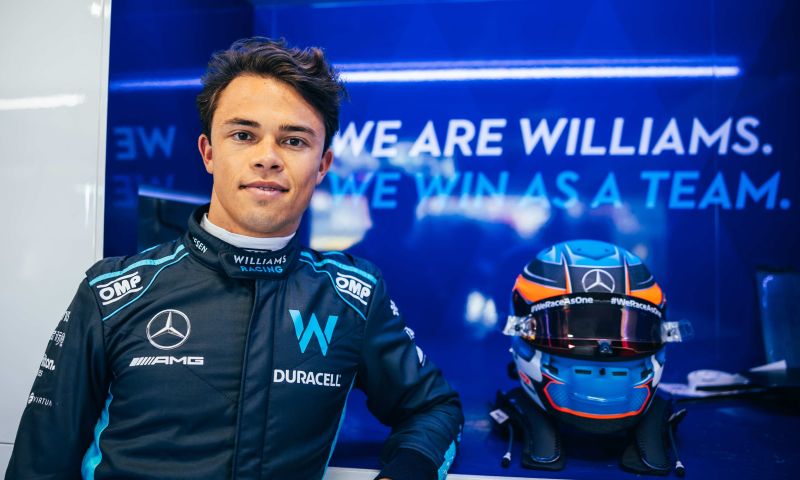F1 News

The super license: required for Formula 1, but how do you obtain one?
- GPblog.com
With the Spanish Grand Prix approaching, a number of reserve drivers from Formula 1 teams will make their appearance during the first free practice session. This includes Nyck de Vries, who is deployed by Mercedes to the Williams team. The session is particularly relevant for the super license, which is required to compete in the premier class of motorsport. But how do you obtain one?
Requirements for first application FIA super license
A driver must be at least eighteen years old before starting his first Formula One weekend and must also hold a Class A license. A driver with this license may drive a car that has a ratio of one kilogram per horsepower or less, as is the case with Formula 2 cars. He or she must also have a valid driver's license, so an early F1 debut like that of Max Verstappen is no longer possible.
In addition, a driver must have completed at least eighty percent of two seasons in a racing class in which points can be accumulated for the super license. This includes Formula 2, Formula 3 and Formula E classes, as well as IndyCar, WEC and DTM. There, a driver must have accumulated at least forty points on his license over a period of three years prior to his application.
Super license validity
A super license is valid for three years, so a driver must continue to work hard to keep it. The license can be renewed if the driver already had a super license in one of the previous three years.
When the license expires, the driver must be able to prove to the FIA that he has 'excellent ability' in single-seaters by covering a minimum of 300 kilometers in a Formula 1 car (equivalent to a race distance) over a maximum period of two days. This must not have been done more than 180 days prior to the application.
Super license for free practice
The requirements for a super license intended for participation in free practice are slightly different. As with a regular super license, the driver must have a class A license, a valid driver's license and must be at least eighteen years old prior to the relevant Formula One weekend.
Further, for the initial application, the driver must have participated in at least six Formula 2 events or accumulated at least 25 points over the three years prior to the application. For a repeat application, the driver must have completed a full season in Formula 2 or also accumulated at least 25 points on his license.
In addition, the driver must have experience with a recent Formula 1 car. In it, he must have completed a minimum of 300 kilometres, no more than 180 days prior to the application.
300 kilometers in two days feasible?
Especially that last requirement could prove to be quite a challenge, given the limited time drivers are given to test. This is where the Young Driver Test comes in: after the Abu Dhabi Grand Prix, junior drivers are given two days to make metres on behalf of the Formula One team to which they are attached.
The super license is particularly relevant during the upcoming weekend, in which Nyck de Vries and Red Bull Racing-junior Juri Vips, among others, will get the chance to come into action during the first free practice for the Spanish Grand Prix. They will not have to worry about losing their super license for the time being: both drivers have a regular super license and can extend it annually.